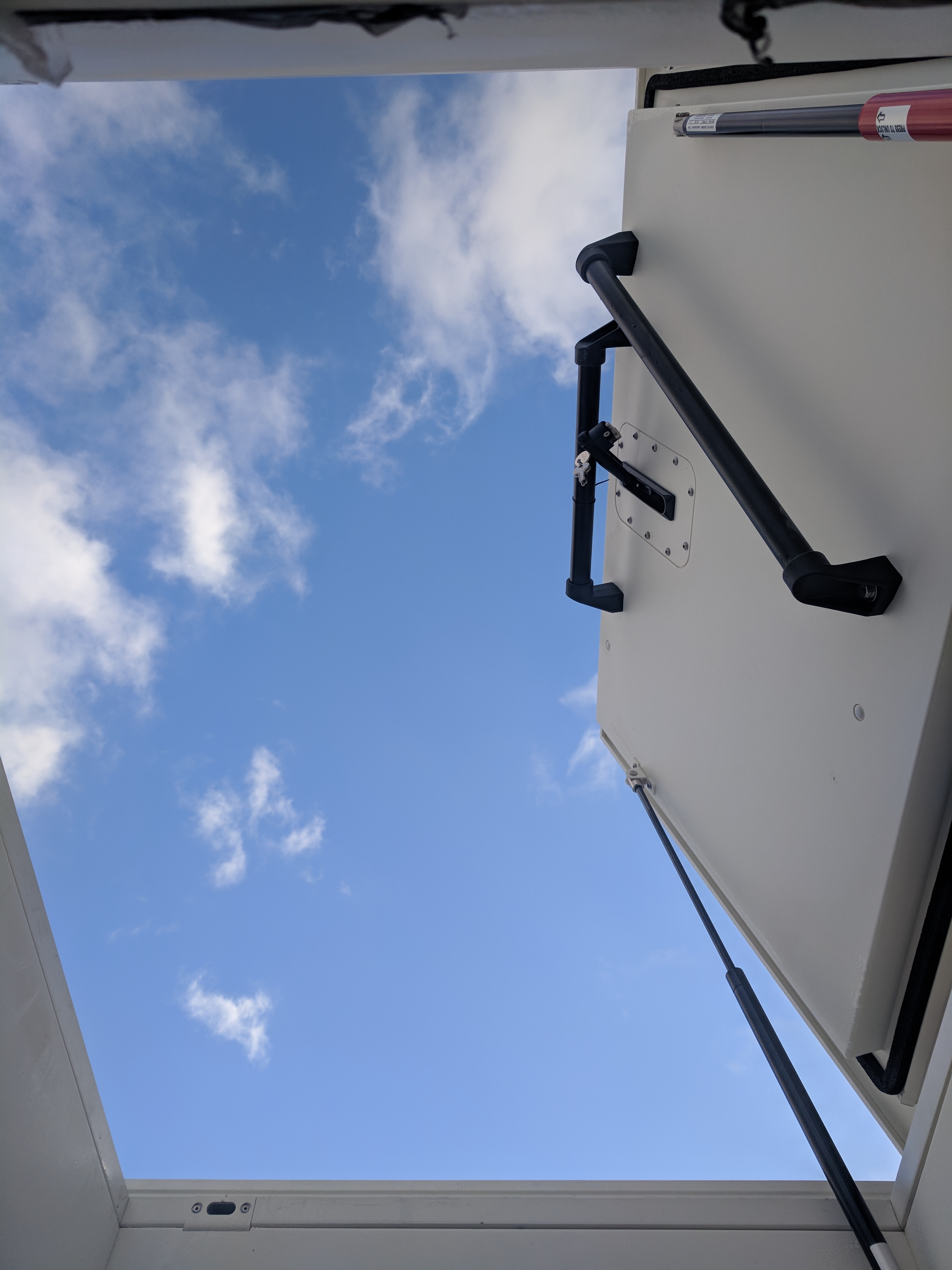Understanding the Causes of Condensation on Roof Hatches: A Guide to Prevention
As we have outlined in our previous blog, ventilation is a critical aspect of building design, as it can greatly impact the indoor air quality and temperature. When it comes to roof hatches, proper ventilation can play a crucial role in preventing the formation of condensation. In this blog, we will explore the factors that contribute to condensation on roof hatches and discuss how proper ventilation can help mitigate these issues.
Placement of the Roof Hatch
One of the main causes of condensation on roof hatches is their location within the building. The roof hatch is typically the highest point in a room, which means that warm air tends to collect there. This can result in a high relative humidity level, which in turn can lead to condensation. Ventilation of the room can help reduce the formation of condensation.
Temperature
Condensation can occur (on roof hatches) when low temperatures are combined with high relative humidity in a building. Low indoor temperatures combined with high relative humidity levels can cause the moisture in the air to condense on the surface of the roof hatch. This natural process is more likely to occur during colder periods when the difference between indoor and outdoor temperatures is greater. By properly ventilating the room, either through the roof hatch or other means, condensation can be prevented.
High relative humidity
Another cause of condensation can be high relative humidity levels in a building. This high humidity can be attributed to a variety of factors including:
- New construction or renovations.
- Placement in a kitchen, greenhouse, or bathroom.
- Presence of moisture sources (plants, washing machines, dryers) or humidifiers in the same room.
In new constructions and renovations, a significant amount of moisture is released due to the evaporation of building materials. This can result in condensation on the inside of the roof hatch. Regular ventilation of the space will cause the condensation to disappear. Ensure that moisture sources, such as plants, dryers, and washing machines, are not directly under the roof hatch and that sufficient ventilation is provided.
Roof Hatch Construction
Finally, the construction of the roof hatch itself can contribute to condensation. While modern roof hatch designs are properly insulated, there may still be points of heat loss, known as thermal bridges, which can cause condensation on the inside of the roof hatch. To prevent and minimize condensation, it is important to ensure proper ventilation of the room.
In conclusion, proper ventilation can play a crucial role in preventing condensation on roof hatches. By understanding the factors that contribute to condensation and taking appropriate steps to mitigate them, building owners can ensure a comfortable, healthy indoor environment.




- 2026 © STAKA Bouwproducten B.V.
- PostAds
- All rights reserved.

 UK
UK Nederlands
Nederlands Deutschland
Deutschland US
US La France
La France


